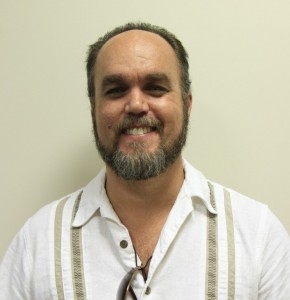 The restorative justice program here in Athens, Ga., after almost two years of relationship and capacity building, is finally getting off the ground. Georgia Conflict Center has gotten some referrals from the juvenile court and we have started reaching out to parents whose kids have been charged with crimes, and to victims and parents of victims.
The restorative justice program here in Athens, Ga., after almost two years of relationship and capacity building, is finally getting off the ground. Georgia Conflict Center has gotten some referrals from the juvenile court and we have started reaching out to parents whose kids have been charged with crimes, and to victims and parents of victims.
I called a woman recently who had filed a criminal complaint after her daughter was threatened by a fellow student. First she went to the school, explained the situation to the administration, and asked to be put in touch with the other kid’s mom. She wanted to settle the problem between the parents of the kids. The school refused, stating liability concerns, and instead put her in contact with the school resource officer. The officer spoke with her, spoke with the kids involved, and then filed criminal charges, one a felony, against the girl.
Her story has been on my mind lately, and I have been pondering how things could have gone differently for her. Not long after our talk I was in a meeting with local officials and service providers focused on the upcoming changes to the juvenile code here in Georgia and what kinds of community based programs are likely to be funded. Georgia, like many other states, is venturing into new ways of handling juvenile crime that rely less on detention and more on intervention strategies.
In large part these changes are being driven by states’ lack of revenue. Detention is an expensive choice, and one of the selling points of alternative programming is its lower cost, which appeals especially to fiscal conservatives. Underneath this economic pragmatism there is something deeper though, a growing awareness of the sheer ineffectiveness of punitive approaches and, conversely, the effectiveness of programs that address kids’ real needs.
The standard of evidence established for Georgia programs to be eligible for state funding is set by the Office of Justice Programs. OJP has a list of programs that have been evaluated to the standards of causal evidence. This means programs that have been evaluated to show a relationship between the intervention and the intended outcomes. This kind of evidence depends on statistical methods to determine what changes are happening and what is causing them.
OJP has 148 programs listed, of which 44 are deemed effective and 85 are seen as promising. A quick survey of these will show that many use intensive support of kids through therapy, substance abuse counseling and opportunities for prosocial action. They focus as well on the total picture, including not only the kids but their families and the larger community as well.
As I listened to the discussion about these standards of evidence and the technical details of how we could apply for funding, I kept thinking about that mom. I thought about her walking into the school, not knowing anything about best practices or causal evidence, but simply relying on the common sense assumption that people can often solve their problems without going to authorities.
In many ways the research into what works is only now catching up to a realization that this woman already had. To make a change in these kids lives we have to be willing to get involved. We have to be willing to have uncomfortable discussions. We have to be willing to extend help where it is needed. The time for shoving these kids off onto the state, to have them locked up, to suffer from the delusion that locking them away will somehow “cure” them, is over.